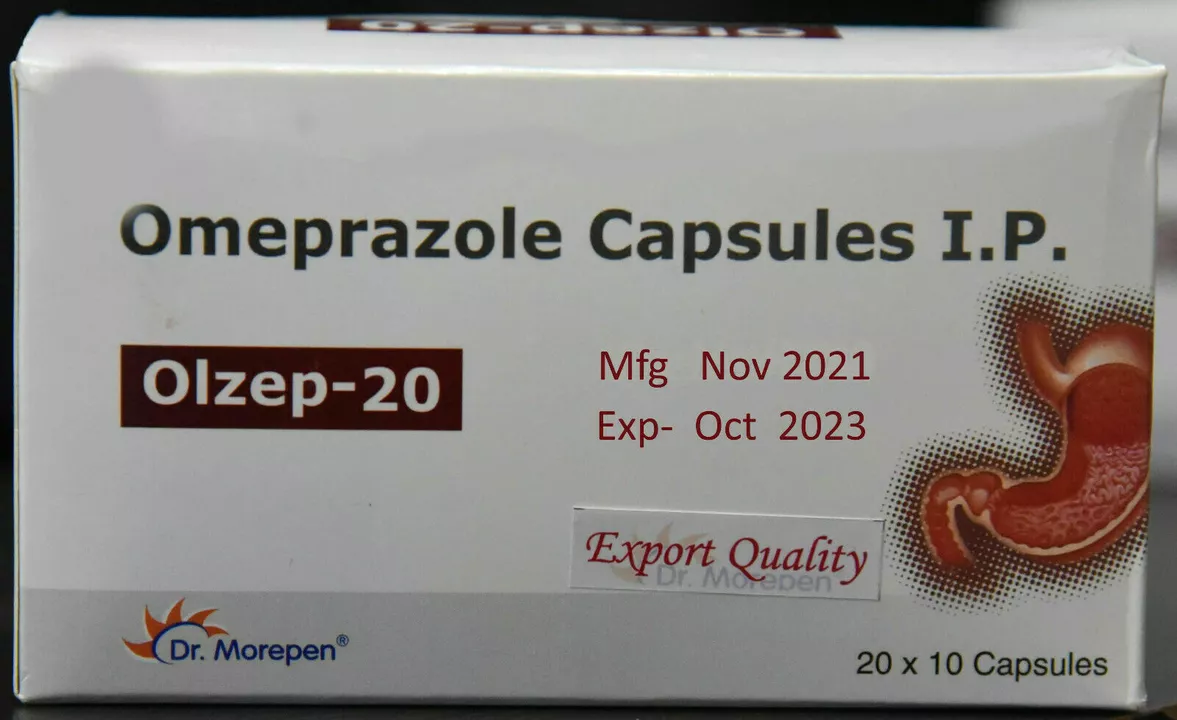In my recent blog post, I shared a step-by-step guide on how to safely stop using omeprazole. We discussed the importance of gradually reducing the dosage to prevent withdrawal symptoms and potential complications. I also emphasized the need to consult with a healthcare professional before making any changes to your medication routine. Additionally, I provided some helpful tips for managing acid reflux through lifestyle and dietary changes. Overall, it's crucial to approach the process with caution and always prioritize your health and well-being.
How to Safely Stop Omeprazole – A Simple Taper Guide
If you’ve been using omeprazole for heartburn or GERD, quitting cold turkey can bring back nasty acid symptoms. The good news? You can wean off it slowly and keep the burn at bay. Below is a plain‑talk plan that works for most people.
Why You Need a Taper
Omeprazole blocks stomach acid production very strongly. When you stop abruptly, your stomach may over‑produce acid for a few weeks – this is called rebound acidity. It can feel worse than the original problem and might make you think you need the drug again.
A taper lets your body adjust its own acid levels step by step. You also get a chance to spot any side effects early, like nausea or headache, so you can ask your doctor for help before they become serious.
Step‑by‑Step Taper Plan
1. Talk to a healthcare professional. Even if you feel fine, let your doctor know you want to stop. They can suggest the right starting dose and check for any health issues that need extra care.
2. Check your current dose. Most people take 20 mg once daily. If yours is higher or you split the dose, note it down – you’ll base the taper on this amount.
3. Reduce the dose by half for one to two weeks. For a 20 mg tablet, split it into two 10 mg pieces (use a pill cutter). Take the 10 mg every day and watch how you feel. If symptoms stay mild, move on; if they flare up, stay at this level a bit longer before cutting more.
4. Cut another half. After the first reduction period, drop to 5 mg daily (or take one‑half of the 10 mg tablet). Keep this dose for another week or two. Many people find their stomach adjusts by now.
5. Stop completely or switch to an over‑the‑counter option. If you can go without any acid blocker, skip straight to no pill. If you still need occasional relief, try antacids (like Tums) or an H2 blocker such as ranitidine for short bursts.
6. Add lifestyle tweaks. Eat smaller meals, avoid late‑night snacks, limit caffeine and alcohol, and stay upright after eating. These habits reduce acid triggers and make the taper smoother.
7. Monitor symptoms daily. Keep a quick log: note heartburn intensity, any new aches, or sleep issues. If you see a clear pattern of worsening pain for more than three days, call your doctor – they may suggest a slower taper.
8. Know when to restart. If severe reflux returns and lifestyle changes don’t help, resume the lowest dose (5 mg) for a few weeks before trying another taper or discussing long‑term management with your physician.
This plan works for most adults, but individual needs vary. Always keep your doctor in the loop, especially if you have ulcers, Barrett’s esophagus, or are on other medications that affect stomach acid.
Stopping omeprazole doesn’t have to be scary. With a gentle taper, a few smart diet tweaks, and professional guidance, you can lower acid without the rebound flare‑ups that many fear.

